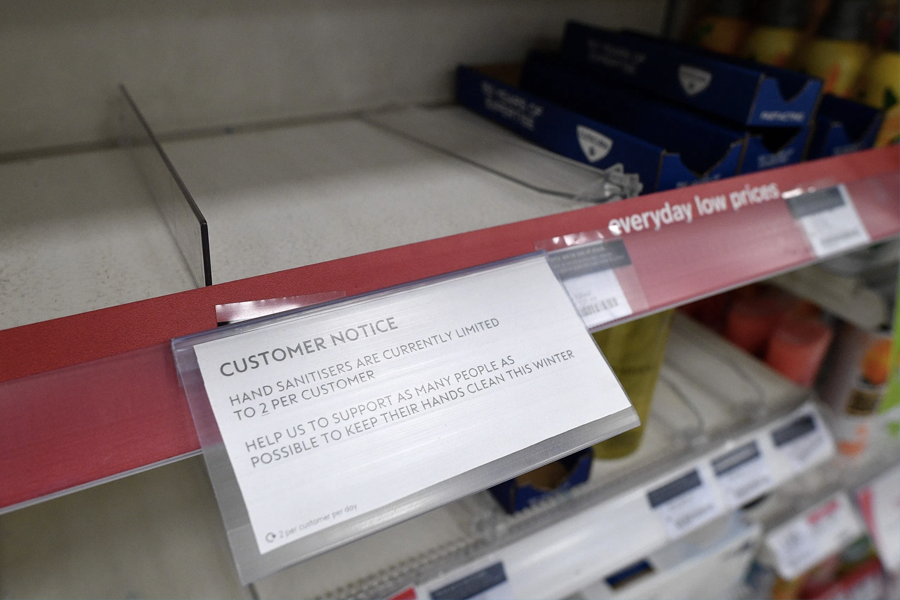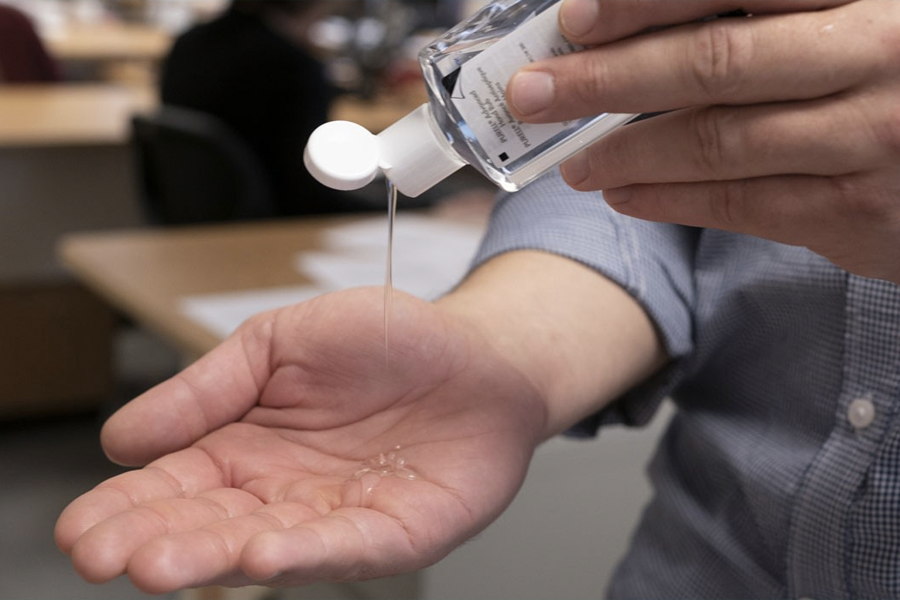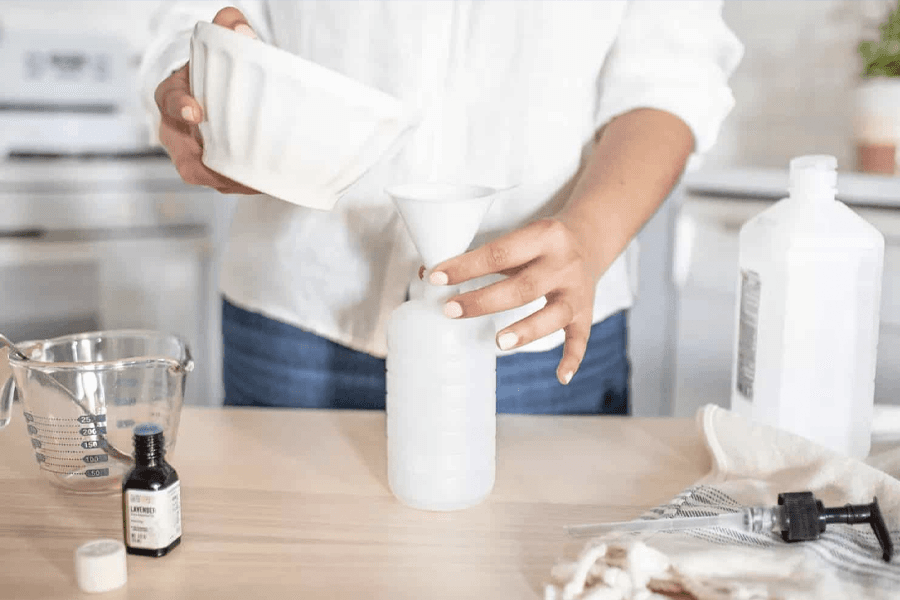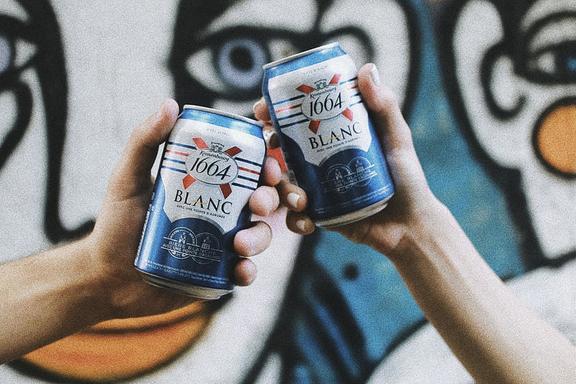Editor’s Note: This article was originally published on 20 March 2020. Please note that the content, including assessments of COVID-19 risk levels associated with various activities, reflects the understanding and public health guidelines available at the time. Given the evolving nature of the pandemic, some information might be outdated. We recommend consulting the latest health advisories and guidelines for current information.
The incumbent panic surrounding the coronavirus pandemic effectively rid supermarkets of the essentials, such as toilet paper and minced meat, and the most in-demand item on everyone’s list was hand sanitiser. Aussie supermarkets and chemists are selling out of hand sanitisers at alarming rates, prompting the Prime Minister to call for an end to hoarding. But even though the shelves may be empty, all is not lost. DIY hand sanitiser is easier to make than you would think and most homemade hand sanitisers do a remarkably good job at keeping the germs away.
So good in fact, that the World Health Organisation (WHO) has even provided tips for making DIY hand sanitiser. If you are starting to run low on the good stuff, this is a guide to making your own homemade hand sanitiser.

What Ingredients Do You Need for Homemade Hand Sanitiser?
According to the guidelines set out by the WHO, the ingredients you need for DIY hand sanitiser and fairly easy to come by. Provided you have a decent-sized (1-litre) glass or plastic bottle with screw-threaded stoppers lying around, you can bottle the mixture yourself. For those with heavy-duty production in mind, you could also use some 50-litre plastic tanks (preferably in polypropylene or high-density polyethylene, translucent so as to see the liquid level) or stainless steel tanks with a capacity of 80–100 litres. But don’t stress too much, our guide to homemade hand sanitiser is developed for in-home use, not for those looking to start a new business.
The basic ingredients you’ll need for DIY hand sanitiser are;
- 1/3 cup of 96% ethanol
- 1/4 tsp of 98% glycerin
- 1 tsp of hydrogen peroxide
- 1/2 tbsp distilled water (to give a final concentration of around 80% ethanol)
It’s also a good idea to have a few key tools on-hand as well. Be sure to put aside;
- Wooden, plastic or metal paddles for mixing
- Measuring cylinders or measuring jug
- Plastic or metal funnel
- 100 ml plastic bottles with leak-proof tops
- 500 ml glass or plastic bottles with screw tops
- An alcoholometer: the temperature scale is at the bottom and the ethanol concentration (percentage v/v) at the top
Once you have all your tools and ingredients set out, you are ready to start making your own homemade hand sanitiser.
DIY Hand Sanitiser Recipe:
When getting ready to begin the process, remember to be careful. While these ingredients aren’t likely to cause serious harm, it is still advised that you take careful consideration. After all, you are working with alcohol, which is highly flammable, so maybe avoid having a smoke or cooking dinner while you make your DIY hand sanitiser. This method, as explained by WHO, will make enough homemade hand sanitiser to keep you going.
Step by step preparation:
- Pour the alcohol for the formula into the large bottle or tank up to the graduated mark
- Add the Hydrogen peroxide using the measuring cylinder
- Then, add Glycerol using a measuring cylinder. Glycerol can be very viscous, sticking to the wall of the measuring cylinder, so it’s a good idea to rinse with some sterile distilled or cold boiled water and then empty into the bottle/tank.
- Top the bottle/tank up with sterile distilled or cold-boiled water.
- Place the lid or the screw cap on the tank/bottle as soon as possible after preparation, in order to prevent evaporation
- Mix the solution by shaking gently where appropriate or by using a paddle
- Immediately divide up the solution into its final containers (e.g. plastic bottles), and place the bottles in quarantine for 72 hours before use. This allows time for any spores present in the alcohol or the new/re-used bottles to be destroyed.

How Does Hand Sanitiser Work?
While the homemade hand sanitiser recipe is relatively simple in nature, the impact it has can be enormous. There are a lot of things going on underneath the surface. If you’re wondering how hand sanitiser works, the active ingredients of ethanol/alcohol kill the protein that surrounds the virus, stopping it before it can infect you. The glycerol acts to moisturise your hands simultaneously, as alcohol can dry out your skin. Finally, the hydrogen peroxide kills any remaining bacteria that might have grown while you made the recipe.
Is Hand Sanitiser Effective?
Research has readily confirmed that hand sanitiser is indeed effective against the spread of germs. While it is far from a cure for viruses, it can certainly play an important role in the prevention of contamination.
“At present, alcohol-based handrubs are the only known means for rapidly and effectively inactivating a wide array of potentially harmful microorganisms on hands,” the WHO says. “According to the available evidence on efficacy, tolerability and cost-effectiveness, WHO recommends using an alcohol-based handrub for routine hand antisepsis in most clinical situations.”
The Bottom Line on Homemade Hand Sanitiser
So, if you’re caught in a situation where the disinfectant aisle is bare, think about whether your next DIY project might be homemade hand sanitiser. It’s easy to make and extremely valuable to have in situations like the one we find ourselves in currently.










